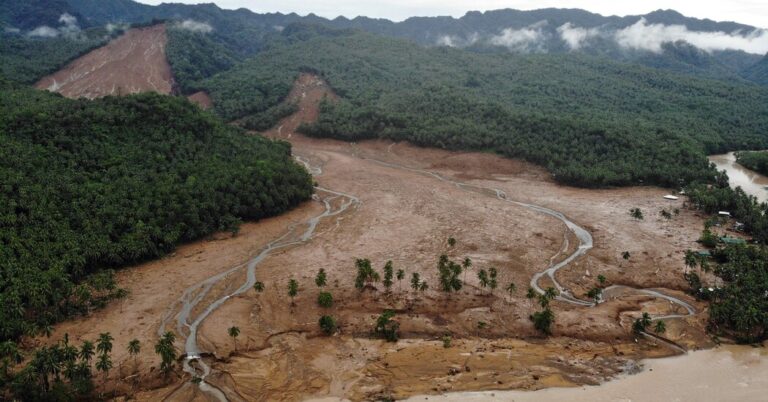Opinion | A Look Back at Our Coming War With China
In “The Avoidable War: The Dangers of a Catastrophic Conflict Between the US and Xi Jinping’s China,” Kevin Rudd, a former prime minister of Australia and a longtime scholar of China, imagines 10 distinct plotlines, many revolving around the fate of Taiwan. For instance, what if China seeks to take the island by force and Washington opts to not respond? That would be America’s “Munich moment,” Rudd writes, eviscerating any American moral authority. Even worse would be the United States reacting with military force but then losing the fight, which would “signal the end of the American century.” Half the scenarios in his book, Rudd notes, “involve one form or another of major armed conflict.” And he’s the most dovish of the lot.
An extended war story is found in “2034,” a work of fiction written by Elliot Ackerman, a novelist and former Marine special operations officer who served in Iraq and Afghanistan, and James Stavridis, a retired four-star admiral and former supreme allied commander of NATO. Published in 2021, “2034,” is basically a beach read about how we get to nuclear war. The authors imagine a seemingly chance standoff in the South China Sea between a flotilla of U.S. destroyers and a Chinese trawler toting high-tech intelligence equipment, which in a matter of months escalates into a world war that leaves major cities in ashes, tens of millions of people dead and neither Washington nor Beijing in charge. One of the main characters, a Chinese official with deep U.S. ties, recalls taking a class at Harvard, “a seminar pompously titled The History of War taught by a Hellenophile professor.” If it’s a dig at the ubiquitous Allison, it might also work as a homage, because in “2034,” China and the United States are ensnared by Thucydides.
In “The Avoidable War,” Rudd cautions that the incentives for Beijing and Washington to escalate hostilities, whether to save lives or save face, “could prove irresistible.” Ackerman and Stavridis follow that script. In their novel, a recklessly hawkish U.S. national security adviser — with the perfect last name of Wisecarver — and a smugly overconfident Chinese defense minister keep going until cities like San Diego and Shanghai are no more and India emerges as a global power, both in terms of its military capabilities and its mediating authority. (The U.N. Security Council even relocates from New York to New Delhi.) “This conflict hasn’t felt like a war — at least not in the traditional sense — but rather a series of escalations,” an influential former Indian official declares near the end of the novel. “That’s why my word is ‘tragic,’ not ‘inevitable.’ A tragedy is a disaster that could otherwise have been avoided.”
By these accounts, the forecast for tragedy is favorable. Allison sees the rise of Chinese nationalism under President Xi Jinping as part of the long-term project to avenge China’s “century of humiliation,” from the First Opium War to the end of the Chinese civil war in 1949, and restore the country’s top rank. Both the United States and China view themselves in exceptional terms, Allison explains, as nations of destiny. Washington aims to sustain the Pax Americana, whereas China believes that the so-called rules-based international order is just code for America making rules and China following orders — an oppressive scheme to contain and sabotage China’s pent-up national greatness.
The extent and durability of that greatness is a matter of disagreement in these books. Allison contends that the economic balance of power “has tilted so dramatically in China’s favor” that American pretensions to continued hegemony are unrealistic. But Brands and Beckley, writing five years later, see a middling Middle Kingdom, a nation that for all its “saber rattling” (an obligatory activity in foreign policy tomes) is threatened by enemies abroad and an aging population and faltering economy at home. “China will be a falling power far sooner than most people think,” Brands and Beckley declare. “Where others see rapid Chinese growth, we see massive debt and Soviet-level inefficiency. Where others see gleaming infrastructure, we see ghost cities and bridges to nowhere. Where others see the world’s largest population, we see a looming demographic catastrophe.”
Check out our Latest News and Follow us at Facebook
Original Source







